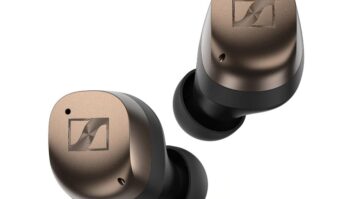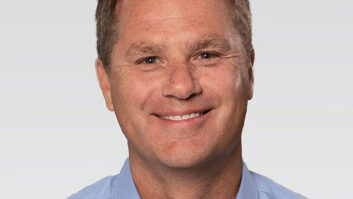LAS VEGAS — The nascent high-resolution audio industry is faced with significant technological obstacles and a seemingly uninformed public, but a group of audio execs representing boutique and mainstream firms discussed these challenges and opportunities during an International CES panel.
Moderated by TWICE senior editor Joseph Palenchar, the Consumer Electronics Association, along with many stakeholders in the audio industry including manufacturers, retailers, music labels and artists, are supporting and promoting high-resolution audio.
At the Venetian, more than 50 manufacturers demonstrated a world beyond compressed MP3 sound, hoping it will entice the mass market to upgrade their audio components so they can experience sound as it was meant to be heard. It’s going to be a struggle.
The first portion of the discussion was given to multiple incompatible formats, firmware updates, dealing with Windows audio drivers as well as WAV, Flac, ALAC and PCM files.
At that point, Owen Kwon, iRiver business development VP, said people shouldn’t be arguing whether one codec is superior to another but just tell consumers higher-quality downloads are available so they can have a better music experience.
Sony product marketing manager Aaron Levine and Onkyo USA national marketing and product manager Paul Wasek enthusiastically agreed, both stating simplicity was the key, and educating consumers and retailers was important to the category.
Wasek likened the current state of affairs to the early days of the digital-TV transition when people in the industry debated terms like HD-ready and HD-capable for months. He noted high-res audio was in a similar state of affairs with competing nomenclature. Wasek said the industry had to come together with the proper terms, no matter if it was “high-res audio ready, highres audio capable since it would make it easier for retailers to marry content and devices together.”
AudioQuest development VP Steve Silberman got everyone’s attention when he said the fledgling effort to push high-res audio was like going from the Earth to the moon “without inventing the airplane … there are all these steps in between.” He noted that iTunes arrived in 2001 and the dealers who embraced it are “outliers — they’re few and far between.”
He made the analogy that high-end audio buffs are like the tip of the tail of a dog, but this dog has no master and no leash. “So you’ve got all these consumers living a certain way. Over a billion people every month go to YouTube, and out of that, 330 million watch music and concerts. There are over 600 million active iTunes accounts. In order to sell them high-resolution audio, we have to go where they live.”
Levine pointed out that consumers have been downloading MP3 files for more than 10 years and they need to know there’s a world beyond decidedly low-fidelity music, and education was the key. His company unveiled a series of high-res products during CES, including speakers and headphones. Sony is working with its retailers to educate them to the benefits and potential opportunities.
Given the challenges, all of the panelists, including Michal Jurewicz, president of Mytek Digital, and David Steven, managing director of dCS, were optimistic, with iRiver’s Kwon stating 2014 will be the year for high-res audio.
AudioQuest’s Silberman said the industry could easily change at a moment’s notice if iTunes or Amazon decided to offer high-resolution downloads. “Right now consumers are downloading a version of the Thomas Edison wax cylinder, and at some point it’s going to shift.”













